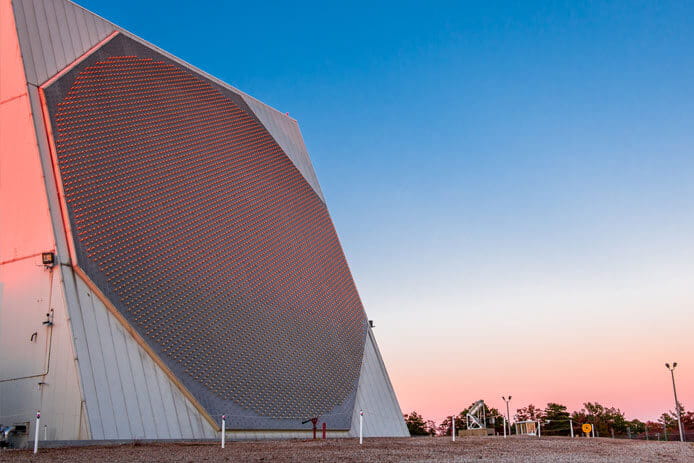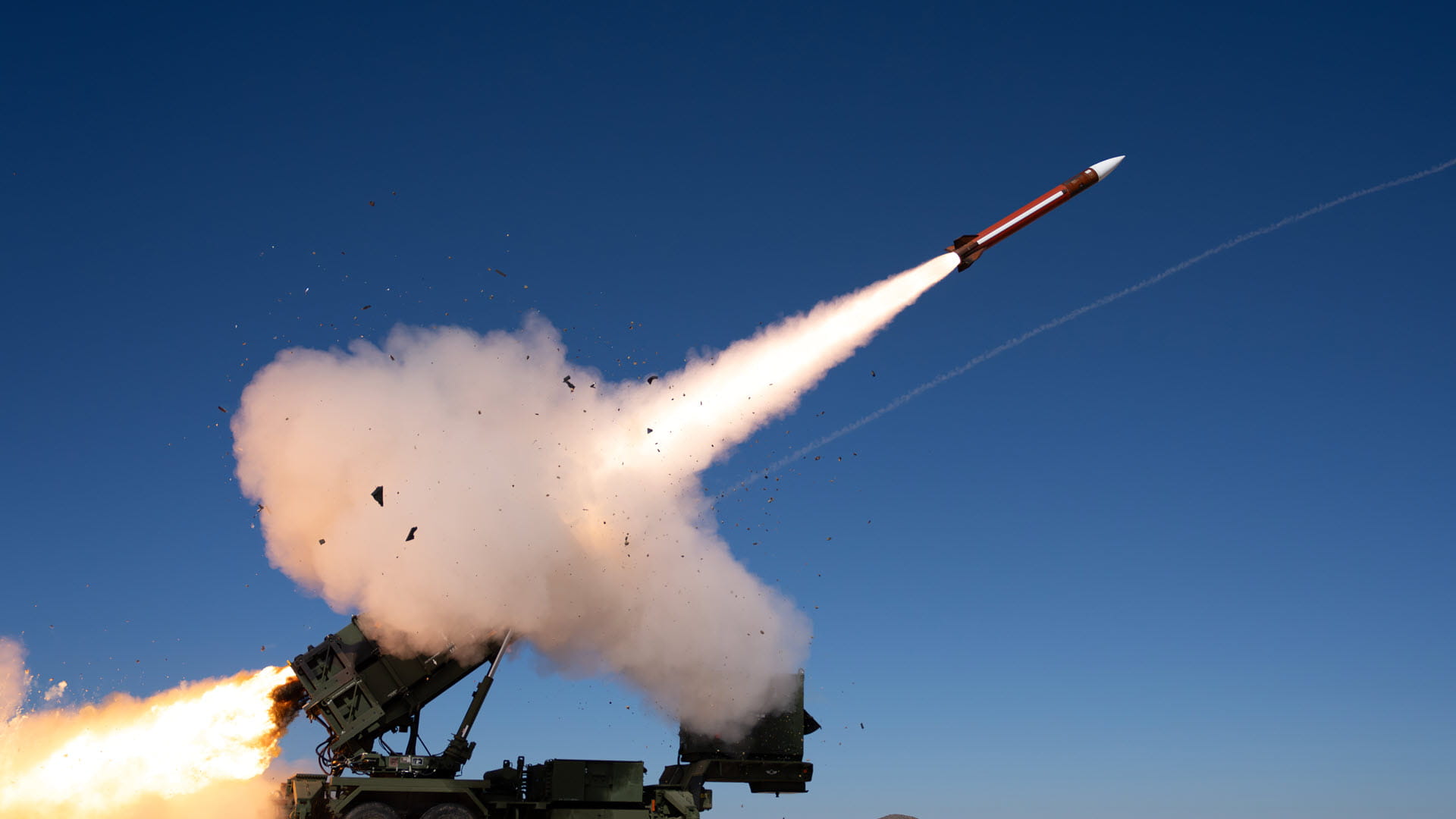Three radars are better than one
The best missile defense is built in layers
Different radars see differently.
That's why it takes more than one kind of radar to build a missile defense that is multi-layered.
Any defense system must be robust and quick. “In a ballistic missile attack, multiple complex threats may be coming in at once, and they are coming in really fast,” said Bob Cuozzo, a senior director for Raytheon, a business of Raytheon Technologies.
A layered defense can protect against not only ballistic missiles, but cruise missiles and aircraft.
Cuozzo leads a team of Raytheon Technologies experts in designing layered systems, built with specialized radars to expand the time defenders have to identify and intercept the threats.
For example, an ultra-high frequency Early Warning Radar can search a wide area of sky at long distances, and handle a large number of radar tracks. It requires a huge amount of power for the radar’s antenna, which is most cost-effective with a larger antenna and longer UHF wavelength.
Other radars, such as the X-band AN/TPY-2 or the C-band Patriot™ system radar, operate at higher frequencies. The shorter wavelength gives them greater track accuracy, ideal for following small or complex objects and providing advanced target discrimination and precision guidance of an interceptor.
“It’s the difference between scanning the night sky with a searchlight beam that grows larger at greater distances, compared to using a laser beam,” said Cuozzo. “The searchlight lets you cover a large area more quickly. The laser gives you more detail, but would take much longer to scan the entire area.”
Combining UHF and higher-frequency radars is one of the keys to an effective layered system.
“The combined strengths of a multi-band system make it very difficult for an adversary to overwhelm the defensive capabilities,” said Steve Sparagna, Early Warning Radar chief engineer.
“The layered sensor systems operate more efficiently,” said Cuozzo. “The EWR can handle the time-consuming search function because it’s ideally suited for wide-area search and track. And the fire control radar – Patriot, for example, which operates in the C-band – can focus on discrimination of the threat from countermeasures and engaging the threat.”
The layered system is even stronger when you join the multi-band radars with a range of specialized interceptors, each matched against a specific type of threat. The result is greater system-level discrimination and stronger defense against mass raids.
“It’s easy to think of a single threat coming at you and a single missile intercepting it,” said Cuozzo. “The job gets much harder when there are a lot of threats coming in at the same time. That’s why each of our individual systems are designed to handle multiple threats. Using them together in a layered-defense architecture makes the overall system much more effective than the sum of its parts."
This document does not contain technology or technical data controlled under either the U.S. International Traffic in Arms Regulations or the U.S. Export Administration Regulations. E16-93VW.
A closer look at how different radars work together to enable a layered missile defense.




